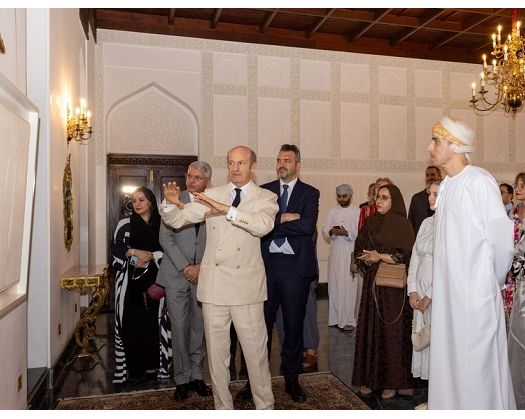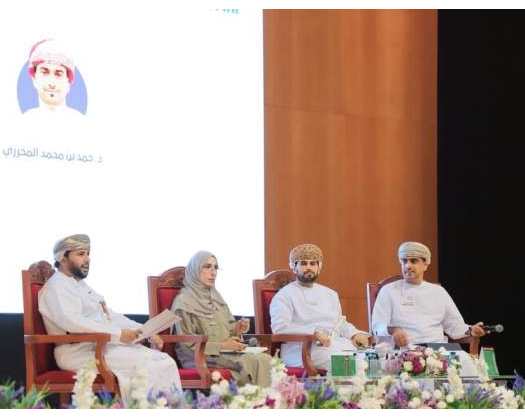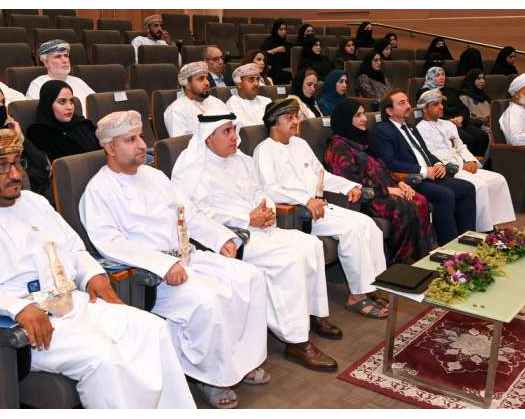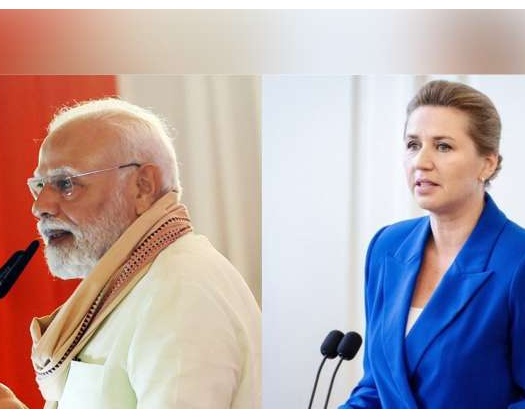Muscat: Today, the National Museum unveiled the exhibition "The Infinity of White: Lucio Fontana and the Italian Artists of the Absolute" at Bayt Greiza. This event serves as a means of fostering cultural exchange between the Sultanate of Oman and the Italian Republic.
The exhibition showcases eight remarkable artworks by Italian artists, in collaboration with the esteemed "Robilant and Voena" foundation, a renowned institution dedicated to promoting Italian post-war art.
Bringing together the works of eight influential artists who revolutionized Italian painting and sculpture in the mid-twentieth century, namely Agostino Bonalumi, Enrico Castellani, Pietro Consagra, Lucio Fontana, Piero Manzoni, and Paolo Scheggi, this exhibition aims to introduce their creations to new audiences. By challenging artistic traditions, these artists explored the boundless possibilities of space, offering a fresh perspective on art.
In addition to the exhibition at Bayt Greiza, R+V has generously loaned an artwork by Agostino Bonalumi, titled "Rosso (Red)," to the National Museum. This piece will be displayed alongside the Museum's permanent collection.
Jamal Hassan Al Moosawi, the Secretary-General of the National Museum, expressed, "To complement the architectural grandeur of this historic house, renowned for its exquisite geometric design, we conceived the project 'A Masterpiece in Bayt Greiza.' Through this initiative, the National Museum enhances the artistic and expressive dimensions of this palace by hosting art exhibitions that carry profound implications and evoke a range of emotions within its walls, such as the 'The Infinity of White' exhibition. We hope that visitors to the exhibition will have an unforgettable artistic experience."
The exhibition showcases a diverse range of artworks that highlight the creativity and originality of the artists during this period. With a common theme of white, symbolizing the artists' pure artistic aspirations and highlighting the impact of their monochromatic spatial experiments, the artworks take viewers on a journey through the evolution of the movement from the 1950s to the 1970s.













